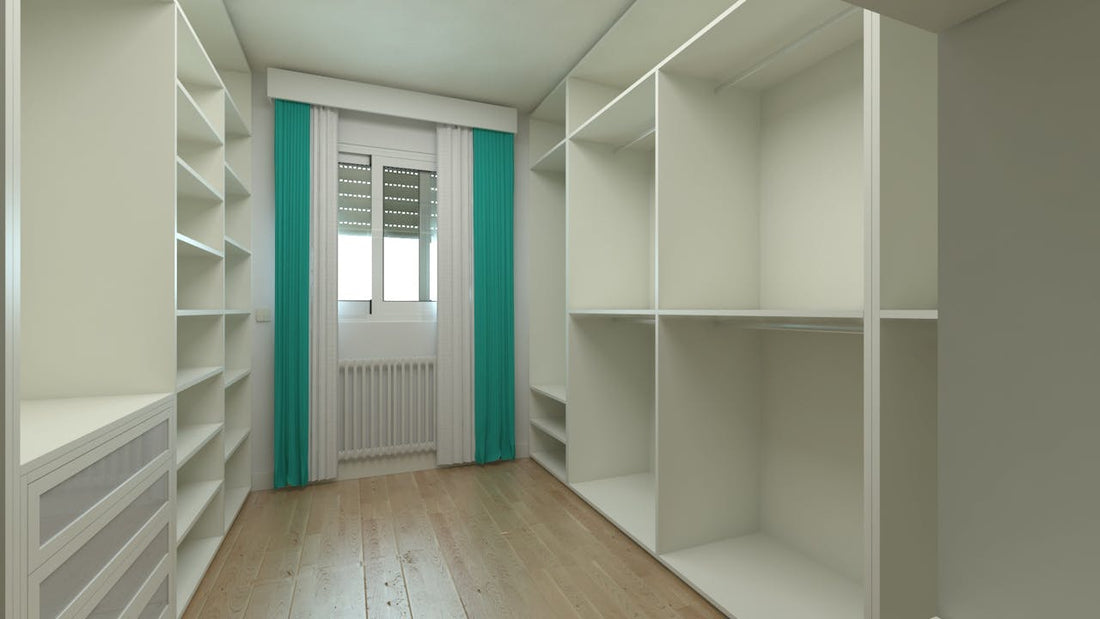Selecting the type of underlayment for any vinyl or luxury vinyl tile (LVT) can make a difference as to how it feels, looks and performs. So it’s not just a matter of layering one thing over another—it’s about constructing a base that will prepare for comfort, durability and functionality. Various kinds of space and floor types require different underlayment so let’s categorize them and answer some of frequently asked questions.
Order FREE LVT Samples
What Underlay Works Best for LVT?
When it comes to LVT, the underlay plays a huge role in how well the flooring performs. LVT is thin and flexible, so the underlay needs to offer stability without being too soft.
Foam with Damp-Proof Membrane
A foam underlay that includes a damp-proof membrane is a fantastic choice, especially if the subfloor is concrete or prone to moisture. The membrane protects your flooring from dampness while the foam provides a touch of cushioning.
Fibreboard for Uneven Subfloors
If your subfloor has minor imperfections, fibreboard underlay can smooth things out. It’s a great option for creating a flat base while also improving insulation and reducing noise.
What works best for you will depend on your subfloor type and the conditions of the room.
Which Underlayment Is Best for Vinyl Flooring?
Vinyl flooring is versatile, but the right underlay helps it perform at its peak. Different types of underlayment can enhance comfort, noise reduction, and even longevity.
Rubber-Based Options
Rubber underlays are a strong choice for vinyl flooring, offering excellent soundproofing and a comfortable feel underfoot. They’re especially popular in multi-level homes or flats where noise reduction is a priority.
Moisture-Resistant Combinations
For spaces like kitchens or bathrooms, a moisture-resistant underlay is the way to go. These combine durability with an added layer of protection against spills or dampness.
It’s worth noting that vinyl flooring doesn’t need thick underlays—too much give can damage click-lock systems or create visible dents in glue-down options.
How Thick Should Underlay Be for LVT?
Thickness matters when it comes to underlay for LVT. The ideal thickness is between 1mm and 2mm, striking the right balance between support and comfort.
Why stick to a thinner underlay?
- Stability: LVT needs a firm, even base to stay locked and look its best.
- Durability: A thinner underlay prevents unnecessary flexing, which can cause wear over time.
- Comfort: Even a slim underlay can soften the feel underfoot and dampen sound without compromising the flooring.
Always check the specific requirements for your flooring to avoid compatibility issues.
What’s the Best Backing for Luxury Vinyl Plank Flooring?
Luxury vinyl plank (LVP) often comes with backing attached, but if it doesn’t, you’ll want to choose wisely.
Foam or Cork Backing
Both foam and cork are excellent options for backing, offering comfort and sound absorption. Cork, in particular, adds a touch of eco-friendliness and insulation.
Rigid Core Backing
For rooms with uneven subfloors, rigid core backing is a reliable choice. It stabilises the planks and helps hide imperfections, making it a practical option for high-traffic areas.
When pairing underlay with LVP, it’s best to avoid anything too thick or soft. This can interfere with the planks' locking system or lead to movement over time.
Order FREE LVT Samples
Final Thoughts
It is impossible to overstate how much right underlay can transform vinyl or LVT flooring while improving comfort and lifespan. When considering underlay selection, you are sure to find one that suits the following purposes, accreditation to moisture resistance, soundproofing or insulation.
Whether you’re looking for a regular, patterned, or custom flooring setup; we at UK Flooring Depot are here to help. Check out our wood flooring products, or contact us for products and services information of your specific needs. It is our beginning for your perfect flooring foundation.





